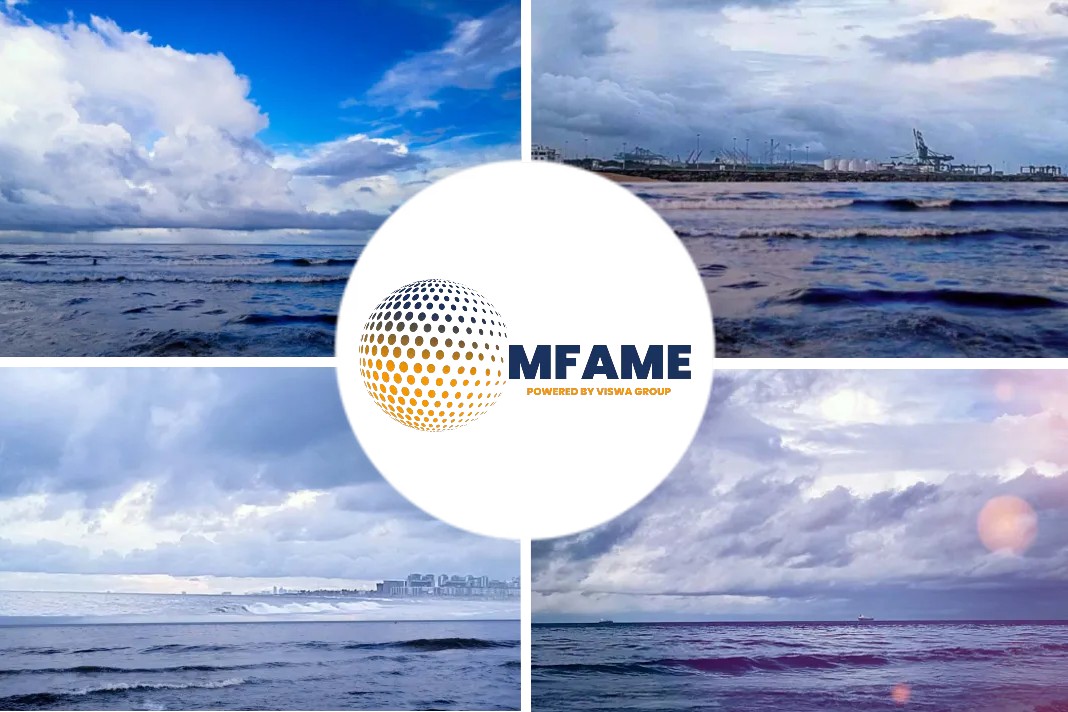By Cmdr E. Platt
By then, the largest ships were around 230,000 dwt, but it was thought conceivable that future supertankers could reach the 1 million dwt mark, which would mean a length of 1,640ft, or 500m in today’s measurements. As we know now, the largest such ship built to date was of 564,753 dwt, and 458m long. It had, to put it mildly, a chequered career, and proved uneconomic and was scrapped. Equally interestingly, the article proposed nuclear-powered submarines as possible future large oil takers, being of high efficiency, unaffected by weather, and able to transit routes below the polar ice.
Both the July and August issues for 1967 contained sponsored supplements, the former promoting MAN Augsburg’s medium-speed portfolio and the latter the Fiat/GMT range, concentrating mainly on the 780S two-stroke engine, but hinting at a 1,060mm bore unit which would be capable of over 40,000 bhp.
MAN was proposing its V40/54 engine as a viable alternative to direct-coupled two-stroke machinery in bulker, container carriers and tankers. Two such 8-cyinder units had been installed in the ferry Stena Germanica, which, with a speed of 23.5 knots, was thought to be one of the fastest ferries in service. This installation was noted for its compact dimensions compared with other machinery of equivalent output. The company suggested that a multi-engine geared power plant, with propellers running at low revolutions, could offer benefits in propulsive efficiency, lighter weight, inherent safety and increased cargo space, offset by a small increase in maintenance cost, though this was reduced considerably when the maintenance of auxiliary engines was factored into the equation. The medium speed alternative looked particularly attractive for faster vessels such as the new generation of container ships.
August 1967 saw a report on an advanced ship for the times – the Southland Star, a 13,470 dwt refrigerated cargo liner, built for Blue Star Line by the Bremer Vulkan yard in Germany. The ship was notable for several reasons, primarily that it was thought to be the first British-owned ocean-going vessel to operate with an unmanned engine room. There were two ships that had been delivered in 1966 with that capability, but Southland Star was the first to effect this in actual service. The MAN K9Z 86/160E main engine was rated at 20,700bhp, sufficient to propel the ship at a 20 knot service speed. The engine was arranged for impulse-parallel operation, in which at full load five of the piston undersides act as scavenge pumps drawing in air, via air coolers. At part load, those pistons deliver air via ejectors into the turbocharger delivery pipes, aiding the three turbochargers at low speed. In order to operate unmanned, the ship was equipped with an extensive system of alarms, as well as microphones in the engine room and loudspeakers on the bridge, allowing the navigating officers to identify any abnormal noises from the machinery.
Another notable ship reported on in August 1967 was Chian Captain, first of the Freedom class of Liberty Ship replacements, of which the main developer, IHI of Japan, hoped to gain orders for 100 examples. The design, by GTR Campbell, was intended to be versatile, with three alternative machinery arrangements, though all but two of the 38 orders at the time had specified the 12-cylinder Pielstick configuration. The same versatility extended to the cargo holds, being designed primarily for dry bulk, mainly grain, but with the capability of carrying wheeled vehicles and containerised cargo.
Did you subscribe for our daily newsletter?
It’s Free! Click here to Subscribe!
Source: The Motor Ship

















